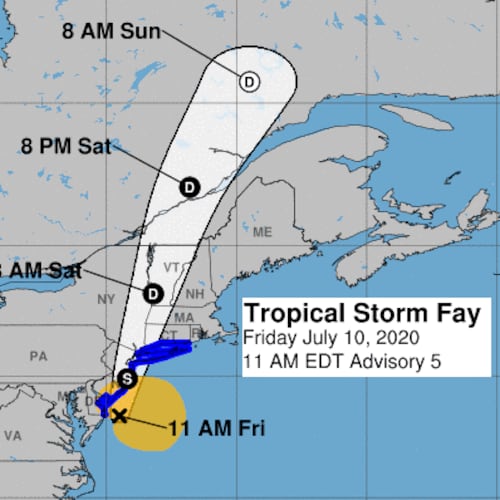Back at work after a lengthy summer break, three GOP lawmakers in the Congress have announced their retirements already this month, a reminder of the natural turnover that has gone on in both the House and Senate in recent years.
This week brought retirement announcements from Rep. Dan Benishek (R-MI) and Rep. Randy Neugebauer (R-TX); earlier this month, Rep. John Kline (R-PA) had said he would not run for re-election.
So far this year, 8 House members have decided not to run for another term, while another 13 House members are running for another elected office instead of sticking with their seat in the U.S. House.
That means five percent of the House already won't be returning in January of 2017 for the 115th Congress.
The same rate of retirements has hit the Senate, where five members will not be returning after the next election in 2016.
The retirement numbers seem likely to grow in the House, where turnover in the last six Congressional election years has averaged 14 percent in the House and 11 percent in the Senate.
That means on average in the six elections from 2004-2014:
+ 62 House members either retired, ran for other office, or were defeated in their re-election bids (14 percent)
+ An average of just over 11 Senators did not return in those elections, as they decided either to retire, run for other office, or suffered election defeat
At this point for the 2016 elections, the total change is 21 seats in the House and 5 seats in the Senate.
Those figures will only go up as more lawmakers are likely to decide against re-election - and given that next year is certain to bring election defeat for some, either in their party primaries or later in the November 2016 elections.
About the Author
The Latest
Featured



